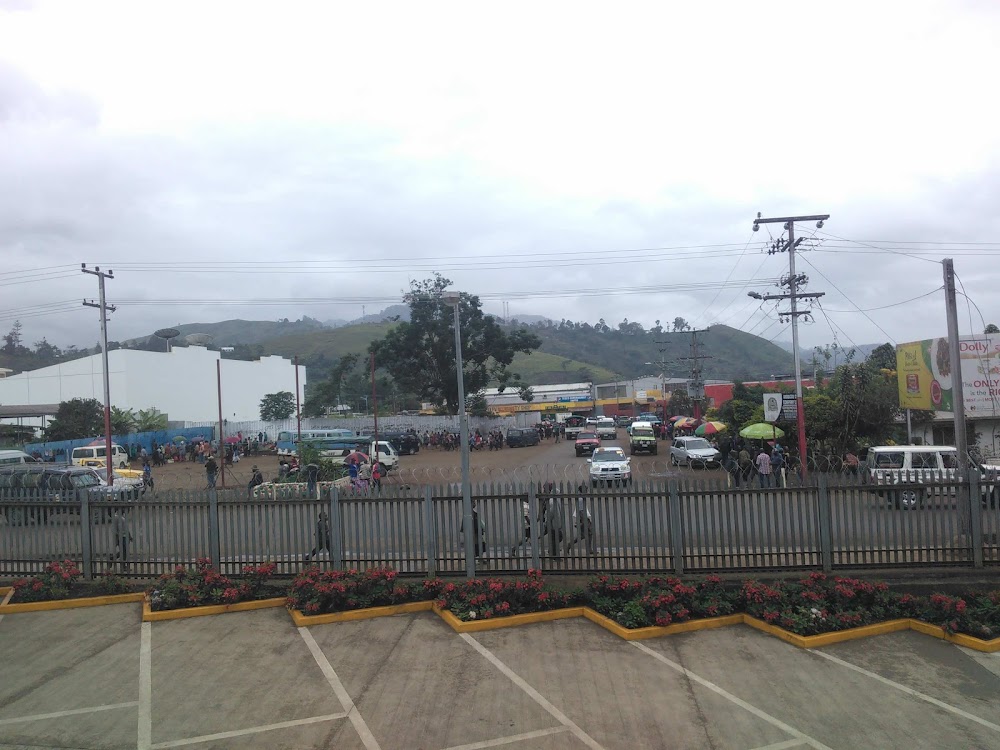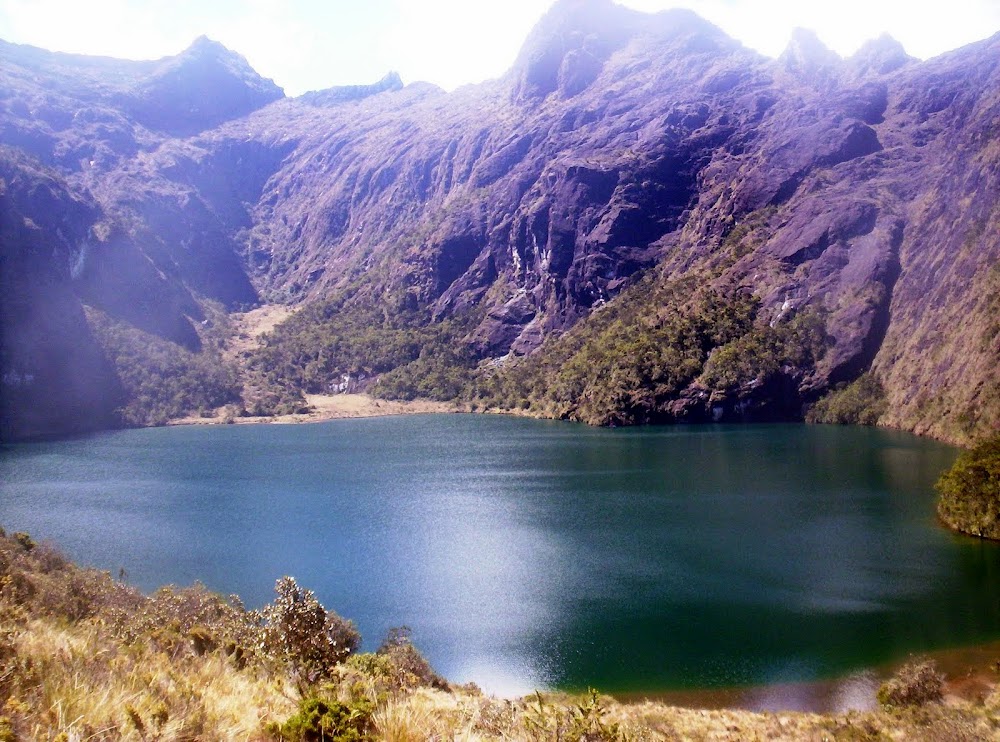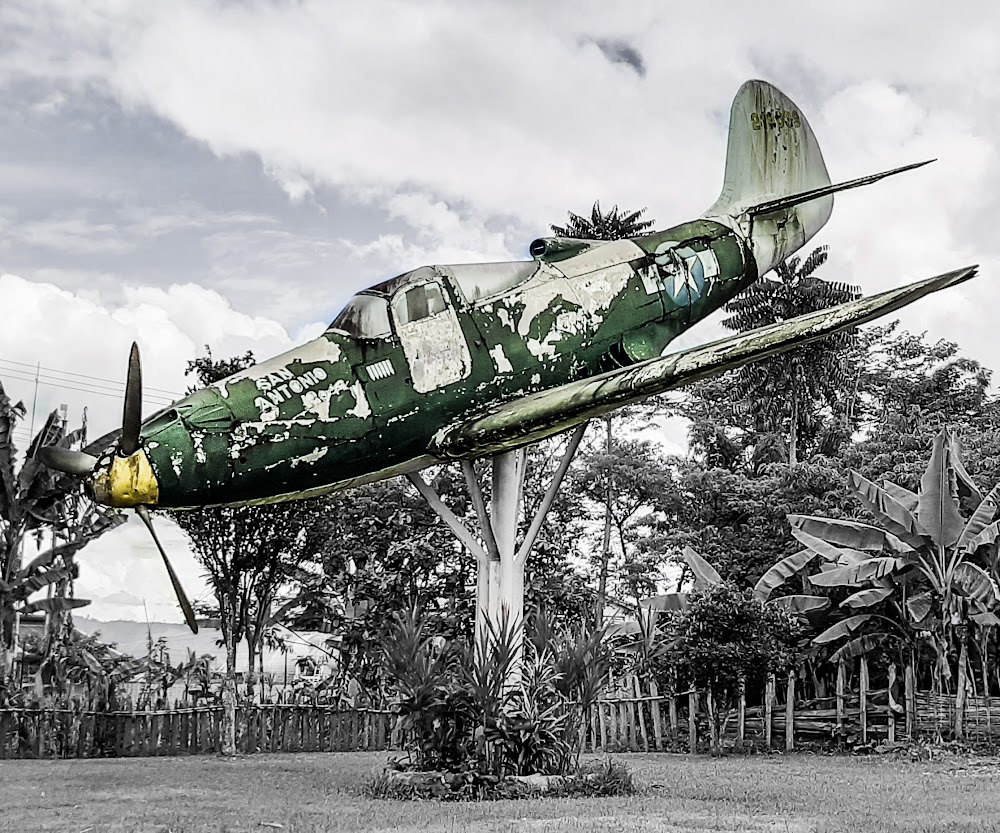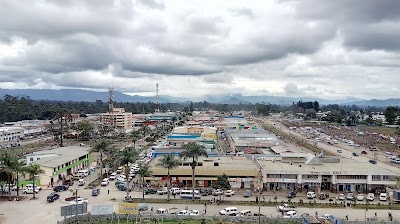Goroka Show (Goroka Show)
Related Places
Overview
The **Goroka Show** is a spectacular cultural festival held annually in Goroka, situated in the Eastern Highlands Province of Papua New Guinea. As one of the largest and most vibrant cultural displays in the country, it draws visitors from around the globe, eager to experience the rich tapestry of Papua New Guinea's diverse traditions.
The origins of the Goroka Show trace back to **1957**, born from a vision of fostering peace and unity among the many tribes of Papua New Guinea. This initiative aimed to celebrate the unique cultural heritage of each community while curbing age-old tribal conflicts. Supported by the Australian administration, which governed Papua New Guinea at that time, the festival has since flourished into a hallmark of cultural pride.
Typically held in **mid-September** at the National Sports Institute grounds, the show features stunning performances from numerous tribes. Each group showcases their distinct songs, dances, and elaborate traditional costumes, creating a vibrant display of the country’s rich cultural diversity. Attendees are treated to a visual feast of body paint, feathers, grass skirts, and striking headdresses crafted from bird-of-paradise plumes.
Preparations for the Goroka Show are meticulous and extensive. Months ahead of the event, tribal leaders and organizers collaborate to plan logistics, ensuring each group has ample space and time to present their cultural showcases. The lead-up to the festival includes workshops and smaller competitions, generating excitement and engagement within local communities.
Each tribal group takes great care in designing and preparing their performances. Costumes are traditionally made from natural materials sourced from the local environment, including plant fibers, animal skins, and feathers. Many tribes use organic dyes to create intricate patterns on their bodies, which not only enhance the beauty of their presentations but also carry deep symbolic meanings related to their histories and spiritual beliefs.
The festival kicks off with a **grand parade**, where all participating tribes march in a vibrant procession. This stunning spectacle is a riot of color and sound, as participants sing in their native languages, beat drums, and dance in rhythm. The parade sets an exhilarating tone for the two days of festivities filled with cultural performances, traditional competitions, and displays of local handicrafts.
One of the festival's highlights is the **"singsing,"** a traditional performance that intricately weaves together song, dance, and instrumental music. Not only is the "singsing" an entertaining display, but it also serves as a vital aspect of cultural storytelling, depicting historical events, folk tales, and spiritual narratives.
During the festival, visitors can immerse themselves in the various customs and traditions of the Eastern Highlands' tribes. Artisans set up booths and stalls offering handmade crafts, such as bilums (traditional woven bags), intricate carvings, and beautiful jewelry. Local food stalls provide a taste of Papua New Guinea’s diverse cuisine, featuring specialties like **mumu**, a traditional earth oven cooking method.
Over the years, the Goroka Show has evolved to embrace not only traditional elements but also contemporary cultural expressions. Modern artists, musicians, and dance groups now participate, reflecting the dynamic evolution of Papua New Guinea’s cultural landscape. However, the core essence of the show remains focused on showcasing and preserving the traditional heritage of its diverse tribes.
The festival also plays a crucial role in the local economy, attracting thousands of tourists and boosting local businesses, hotels, and markets. The revenue generated from the event significantly supports local development projects and cultural preservation efforts in Goroka and its surrounding areas.
For many visitors, the Goroka Show offers an unforgettable experience, providing a rare glimpse into the deep and vibrant cultural reservoir of Papua New Guinea. More than just an event, it is a celebration of unity, diversity, and the rich traditions that form the heart and soul of the Eastern Highlands Province.







